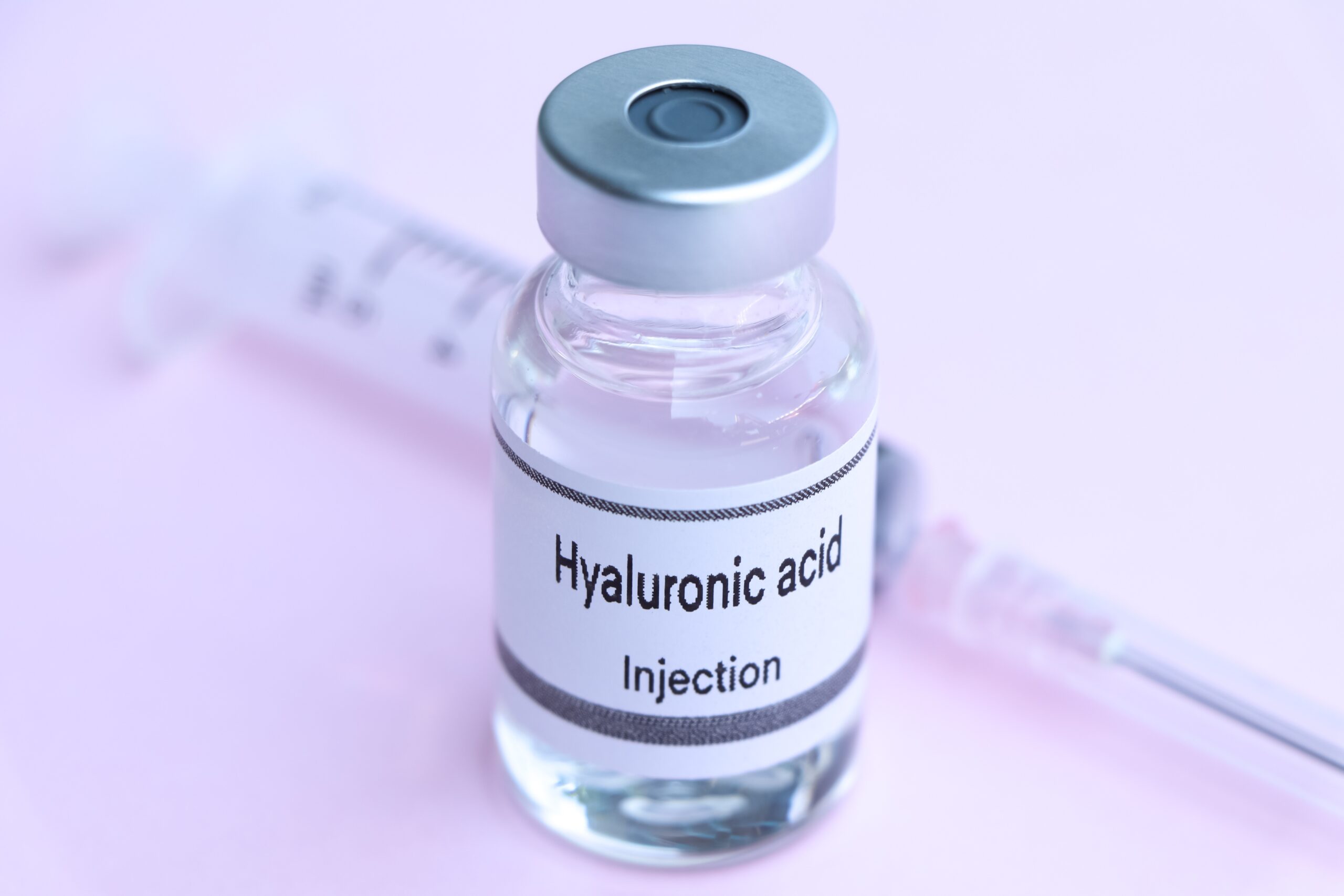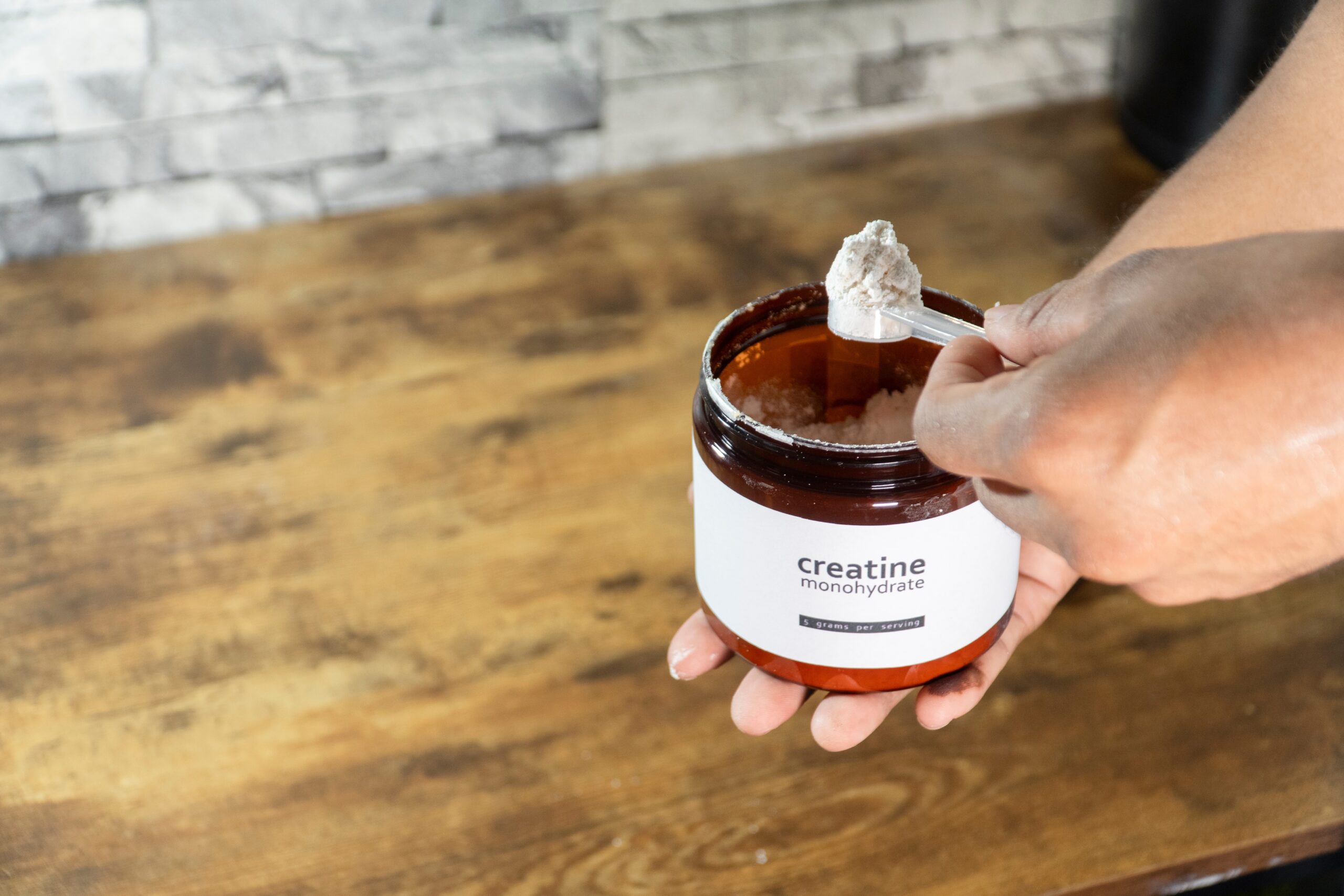Hyaluronic acid’s ability to hold 1,000 times its weight in water isn’t beauty industry hype—it’s the hidden reason your skin can look and feel dramatically younger, healthier, and more resilient, if you know how to use it.
Story Snapshot
- Hyaluronic acid (HA) is both a naturally occurring molecule and a transformative skincare ingredient for deep hydration and plumper skin.
- HA’s impact on skin health is backed by decades of medical research, evolving from clinical use to mainstream cosmetic stardom.
- The molecule’s effectiveness depends on its molecular weight, method of application, and formulation—details often missed in product marketing.
- Debate continues over HA’s true anti-aging potential and whether oral supplements rival topical formulas for visible results.
Hyaluronic Acid’s Journey From Cow Eyes to Vanity Cabinets
Hyaluronic acid first entered scientific consciousness in the 1930s, discovered in cow eyes and later found to be a key part of human connective tissue. By the 1980s, doctors were using HA for healing wounds and treating joint disorders. Its capacity to attract and hold water—up to 1,000 times its own weight—made it irresistible to cosmetic chemists seeking better hydration solutions. The 2000s saw HA leap from operating rooms to beauty aisles, powering everything from injectable fillers to serums. Today, HA is a mainstay in skincare, but its success story is built on both molecular magic and relentless scientific validation.
Major cosmetic brands now tout HA as a miracle hydrator, yet the real science reveals a more nuanced picture. The molecule’s natural presence in skin means it is well tolerated and effective, but not all HA is created equal. High molecular weight forms sit on the skin’s surface, instantly smoothing and hydrating. Low molecular weight HA can penetrate deeper, potentially offering longer-lasting results. Consumers must look beyond marketing slogans to understand what’s inside their moisturizers and serums, as formulation details often dictate real-world performance.
The Science Behind Deep Hydration and Skin Health
Dermatologists praise HA for its unmatched ability to retain moisture and support the skin’s protective barrier. Peer-reviewed studies confirm that topical HA improves hydration, elasticity, and wound healing, especially when used in medically designed formulations. Oral supplements, while popular, have less robust evidence—though some research shows promise for boosting skin hydration from within. The molecule’s compatibility with peptides and antioxidants has led to advanced products offering synergistic benefits, such as improved skin texture and reduced redness. However, claims of dramatic anti-aging effects remain controversial. The best-supported benefits are visible plumping, reduction in fine lines caused by dryness, and overall smoother skin.
Regulatory bodies like the FDA and EMA monitor HA product claims, ensuring that companies do not overpromise. This scrutiny has forced brands to back up their marketing with clinical studies, a move that has benefited consumers seeking honest, science-based skincare. Despite the hype, most experts agree: HA is not a magic bullet for aging, but it is a powerful tool for hydration and skin maintenance. The molecule’s universal compatibility makes it suitable for almost all skin types, including sensitive and aging skin.
From Topical Serums to Injectable Fillers: What Works and What’s Next?
HA’s versatility extends beyond creams and serums. Medical professionals use injectable HA for dermal fillers, restoring volume and smoothing deep wrinkles with results that can last months. In wound care, HA promotes healing and tissue regeneration. Recent developments include ingestible HA supplements and advanced delivery systems that aim to target skin, joints, and even eyes. The clean beauty movement has further propelled HA’s popularity, as consumers seek effective, natural ingredients. The industry is now focused on refining molecular weights and combining HA with cutting-edge actives to maximize efficacy.
The debate over HA’s best usage rages on. Some researchers claim that oral HA can deliver hydration from the inside out, while others argue that topical application remains king for visible skin improvements. Cosmetic chemists emphasize the importance of delivery systems and molecular size, noting that not all HA products penetrate equally. As clinical trials continue, expect more evidence clarifying which forms and combinations deliver the most dramatic results.
Sources:
Advantages of Hyaluronic Acid and Its Combination with Other Bioactive Ingredients in Cosmeceuticals
Health Benefits of Hyaluronic Acid
Benefits of topical hyaluronic acid for skin quality and signs of aging








